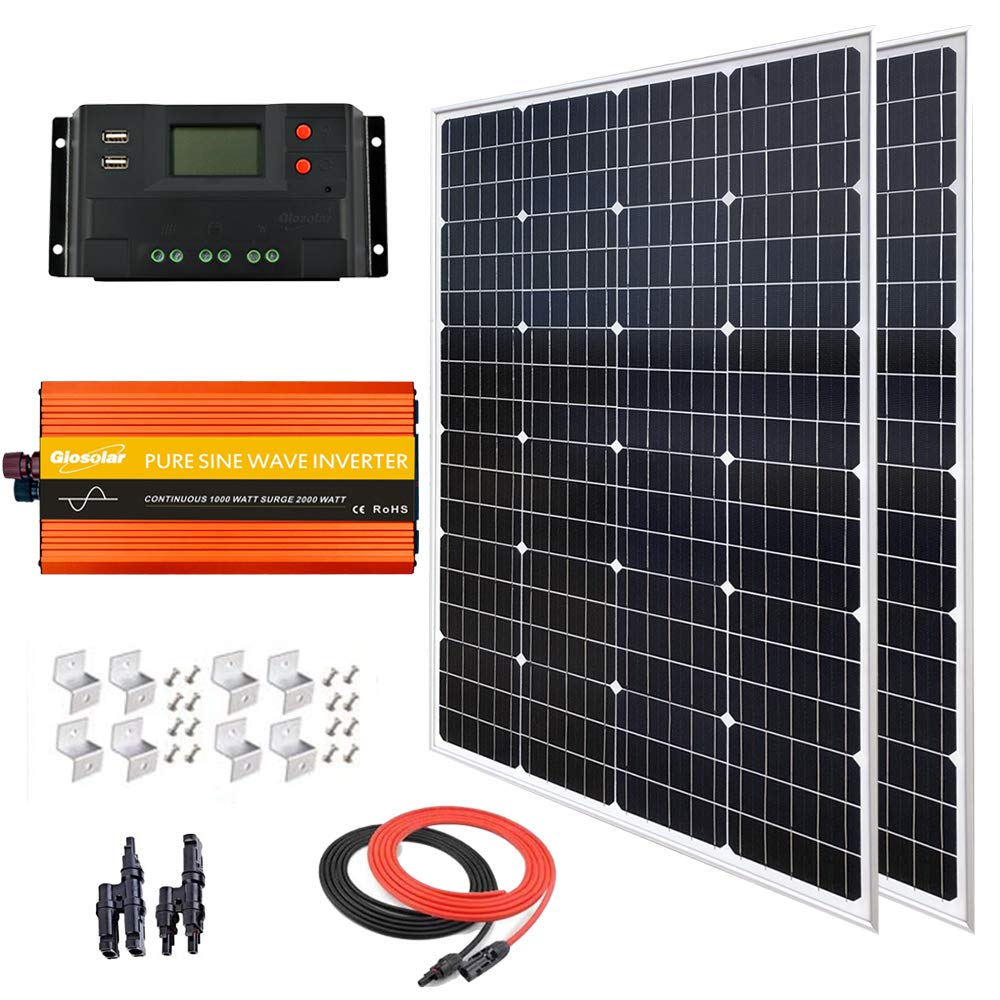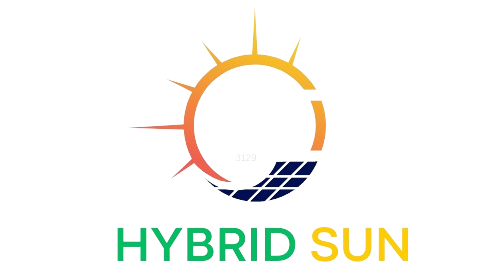SOLAR DIY Kits
Solar DIY kits are packages that include all the necessary components and instructions for individuals to build and install their own solar power systems. These kits are designed to make solar energy accessible to a broader audience, allowing homeowners, hobbyists, and small businesses to harness the power of the sun for electricity generation. Here are some key aspects of solar DIY kits:
Components:
- Solar DIY kits typically include essential components such as solar panels, inverters, mounting hardware, cables, and connectors. These components work together to capture sunlight, convert it into electricity, and make it usable for powering electrical devices.
Solar Panels:
- The heart of any solar power system is the solar panel. DIY kits often come with photovoltaic (PV) solar panels, which generate electricity when exposed to sunlight. These panels can be monocrystalline, polycrystalline, or thin-film, each with its own set of characteristics.
Inverter:
- Solar inverters are included in DIY kits to convert the direct current (DC) electricity produced by the solar panels into alternating current (AC), which is the type of electricity used in most homes and businesses.
Mounting Hardware:
- Proper installation is crucial for optimal solar energy capture. DIY kits provide mounting hardware, such as racks or brackets, to securely fix solar panels in place. These are designed to withstand various weather conditions and ensure the panels are oriented for maximum sun exposure.
Cables and Connectors:
- The kits include cables and connectors to link the solar panels to the inverter and connect the entire system. These components are designed to handle the electrical currents generated by the solar panels safely and efficiently.


6.Instructions and Manuals:
- A comprehensive set of instructions and manuals are typically included in DIY kits to guide users through the installation process. These step-by-step guides help users understand how to assemble the components, connect the wiring, and ensure the system is functioning correctly.
7.Scalability:
Some DIY kits are designed to be scalable, allowing users to start with a smaller system and expand it over time by adding more solar panels. This feature provides flexibility for individuals who want to invest in solar energy gradually.
8.Educational Value:
- Solar DIY kits often serve an educational purpose by helping users understand the fundamentals of solar power. Assembling a solar power system from a kit can be a hands-on learning experience, fostering a deeper appreciation for renewable energy technology.
9.Cost Savings:
While professional solar installations can be expensive, DIY kits offer a more budget-friendly option for those who are willing to invest time and effort in the installation process. This can result in significant cost savings over hiring professional installers.
It’s important to note that while solar DIY kits make solar power more accessible, individuals considering such projects should have a basic understanding of electrical systems and follow safety guidelines. Additionally, local regulations and building codes should be considered to ensure compliance with relevant standards. As the technology continues to advance, solar DIY kits contribute to the democratization of renewable energy and empower individuals to take control of their energy production.
